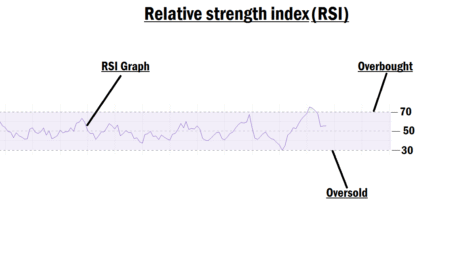Understanding Forex Trading Sessions: The Key to Better Timing
Welcome to this lesson! Today, we’re diving into an important aspect of forex mastery, “trading sessions in the forex market.”
So far, we’ve covered the fundamentals of forex, and now it’s time to explore the timing element. You already know that the forex market is open 24 hours a day, five days a week. However, not all hours are created equal. Certain times of the day see more trading activity, depending on which part of the world is awake and trading.
Now that you understand what forex is, why you should trade it, and who participates in the market, let’s talk about when you should be trading. Timing is everything. The market moves all the time, but volume and volatility spike during certain sessions. Let’s uncover why that matters.
What Are Forex Trading Sessions?
The forex market is global and decentralized, which means traders from different time zones are active at different times. As a result, the trading day is divided into four major sessions:
- Sydney Session
- Tokyo Session
- London Session
- New York Session
These sessions correspond to the financial centers of the world and reflect when trading is most active in those regions. The session that aligns with your time zone is usually the most convenient one to focus on.
Although the market runs 24/5, that doesn’t mean there’s momentum throughout. Market movement is driven by trading activity. Without enough liquidity or volatility, making money becomes difficult. That’s why understanding trading sessions is crucial.
The Four Major Forex Trading Sessions
1. Sydney Session
The Sydney session kicks off the trading week. It begins at 4:00 PM Eastern Time (9:00 PM UTC) on Sunday and closes at 1:00 AM Eastern Time (6:00 AM UTC).
While this session doesn’t see high trading volume, it’s when AUD and NZD currency pairs tend to experience some movement. Most traders overlook the Sydney session, but if you trade these pairs, it might be worth your attention.
Note: Even though trading technically starts in Wellington, New Zealand, it’s still referred to as the Sydney session.
2. Tokyo Session
Next comes the Tokyo session, also known as the Asian session. It opens at 7:00 PM ET (12:00 AM UTC) and closes at 4:00 AM ET (9:00 AM UTC).
This session features more activity than Sydney and is best known for liquidity building. While the Tokyo session itself can be relatively calm, JPY pairs can see notable moves. Liquidity accumulated here is often cleared during the next session, which is the London session.
3. London Session
The London session is one of the most active and volatile periods in the forex market. It opens at 3:00 AM ET (8:00 AM UTC) and closes at 11:00 AM ET (4:00 PM UTC).
This session is characterized by:
- High trading volume
- Volatility spikes
- Liquidity sweeps
- Distribution phases
It’s a great session for beginners due to the high-quality trading opportunities. Pairs like GBP/USD and EUR/USD experience significant movement during this time.
4. New York Session
Last but not least, we have the New York session, which opens at 8:00 AM ET (1:00 PM UTC) and closes at 5:00 PM ET (10:00 PM UTC).
This session is famous for:
- High volatility
- Trend continuations
- Liquidity runs
USD and CAD pairs tend to dominate this session. Since it overlaps with the end of the London session, the first few hours are especially active and full of potential trade setups. It also marks the final hours of the trading week on Fridays.
Daylight Saving Time (DST) and Forex Sessions
Daylight Saving Time (DST) is the practice of adjusting clocks during certain months to extend daylight in the evenings.
This affects forex trading session open/close times during March/April and October/November, especially in countries like the U.S., U.K., and Australia.
While it’s good to be aware of DST changes, don’t stress over them. What matters most in forex is your trade setup, not the clock. As long as you’re confident in your analysis, DST won’t disrupt your edge.
Session Overlaps in Forex
Session overlaps occur when two sessions are open at the same time. These periods typically generate increased volatility and liquidity, making them prime times to trade.
Examples of overlaps:
- Tokyo & London: 3:00 – 4:00 AM ET (during summer)
- London & New York: 8:00 AM – 12:00 PM ET (year-round)
These overlaps offer more trading opportunities due to the combined volume of two financial centers operating simultaneously.
Forex Session Volatility: A Word of Caution
Forex markets move based on probability, not certainty. Average pip movement varies day by day, depending on:
- Market sentiment
- Economic news
- Geopolitical events
- Bank holidays
There’s no fixed rule for how volatile a session will be. Trade wisely, risk conservatively, and understand that losses are part of the game. Stay focused, remain disciplined, and wait for quality setups.
Final Thoughts
Timing your trades according to forex sessions can significantly improve your chances of success. Knowing when to trade is just as important as knowing what to trade.
In our next lesson, we’ll break down the best time to trade during the Tokyo session. Don’t miss it!









